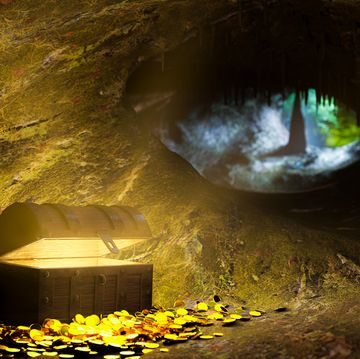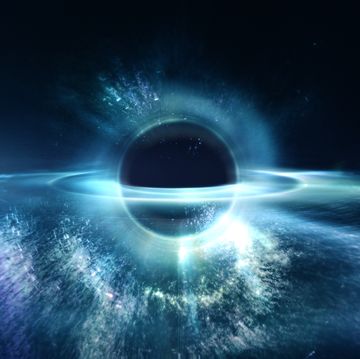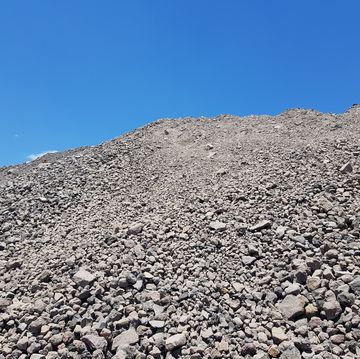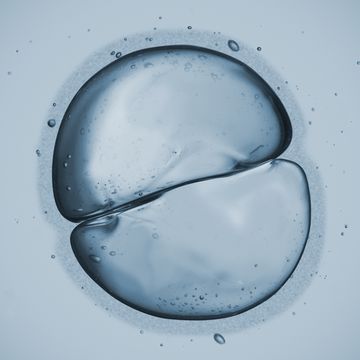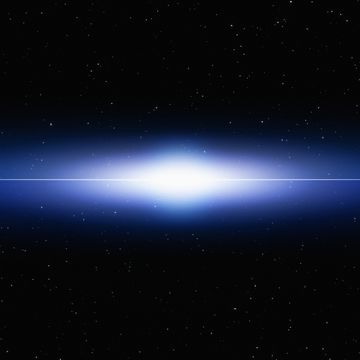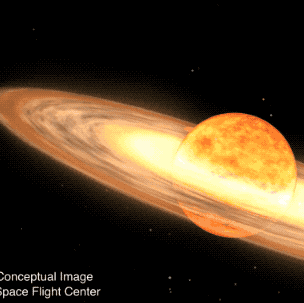- Researchers have developed a new way to measure nothing.
- Vacuum chambers used for experiments and R&D are never truly devoid of atoms, and knowing exactly how far off they are from being truly empty is critical for scientists.
- The new measurement system uses fluorescent gas to easily measure extremely low pressures at the ultra-precise levels we will need to develop next generation technology.
Nothing is truly nothing. A bit paradoxical, sure, but it’s true. Anything that we refer to as “empty,” “devoid,” or “containing nothing” does, in fact, contain something. It’s just an incredibly small amount of something—the smallest amount that we can achieve.
Usually, in everyday life, the precise definition of “nothing” doesn’t really matter—“functionally nothing” is good enough. But when you’re doing experiments or building objects in vacuum chambers, the precise definition of what constitutes “nothing” matters a great deal. Those last little remaining bits of “something” in the chamber create pressure, and making sure you know exactly how much pressure is incredibly important to scientists.
As such, having a reliable method for the measurement of extremely small amounts of pollutants in a vacuum is top priority. So, over the last seven years, researchers at the National Institute of Standards and Technology (NIST) have been developing a system called CAVS, which stands for cold atom vacuum standard, to measure these tiny pressures. They believe it can serve as the “primary standard,” meaning that it can make these incredibly precise measurements without needing to be calibrated.
And recently, they published a paper confirming those suspicions—CAVS not only meets the gold standard of ultra-low pressure measurements, but exceeds the abilities of more traditional pressure measurement systems.
“This is the culminating result,” NIST physicist Julia Scherschligt said in a press release. “We have had numerous positive developments before. But this validates the fact that our cold atom standard is truly a standard.”
The technique makes use of a very cold gas (either lithium or rubidium) trapped in a magnetic field. The gas is then hit by a laser, which makes it fluoresce, and researchers can tell exactly how may atoms are trapped in the magnetic field by how bright the fluorescent response to the laser is.
Then, the measurement device containing this whole system is placed in the vacuum. When any atoms left over in the chamber of “nothing” hit the trapped atoms, the trapped atoms are knocked loose from the magnetic field. This makes the overall trapped sample glow a little less brightly, and allows researchers to measure exactly how many atoms are left to collide—and, therefore, how much pressure they are producing.
“The heavy lifting needed to stand up one of these classical standard devices is monumental,” Scherschligt said in a news release. “Going through the effort of doing that really drove home the point of this whole experiment, which is that CAVS provides high accuracy in a much simpler form.”
The device works so well that it is set to be able to measure not only the levels of “nothing” that we need to achieve now, but those we will need for—according to a press release—“future chip manufacturing and next-generation science.” And it’s easy to use. In fact, the researchers let it do its thing on its own while they went home and waited for the measurements to be done.
“Nothing” remains critical to the testing and development of some very exciting “somethings,” and the better we can measure it, the better off we’ll be.
Jackie is a writer and editor from Pennsylvania. She's especially fond of writing about space and physics, and loves sharing the weird wonders of the universe with anyone who wants to listen. She is supervised in her home office by her two cats.


